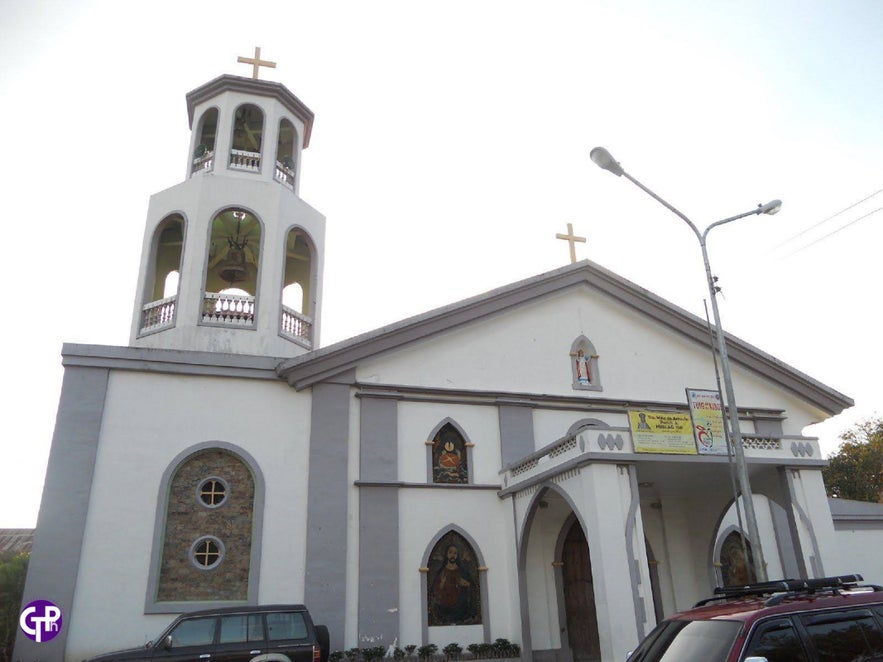Arevalo Church

The Arevalo church is an ancient church structure that is said to have been established by Augustinian missionaries during the 16th century. It is best known to be the home of the third oldest Child Jesus statue or Sto. Nino in the Philippines, both of which are tangible reminders of early Spanish presence in the island of Panay.
The establishment of the church coincided with the town’s annexation as one of the earliest Spanish settlements in the Philippines, which was named after the original town of Arevalo in Spain. The Governor General during the period, Don Gonzalo Ronquillo de Peñalosa bestowed upon it the title of La Villa Rica de Arevalo, a distinction given to only a few choice colonial settlements that enjoyed certain privileges, such as a certain level of independence and exemption from forced labor for its inhabitants. In also used to the where the alcalde mayor and other Spanish officials resided during the earliest years of its foundation, before it later lost its favored status as the town capital, after suffering various setbacks from looting Moro pirates and Dutch raiders.
Unlike most colonial Spanish churches in the Philippines where the church is built at the periphery of the town plaza, Arevalo church was erected right in the middle of the Plaza village, a location that is front and center that indicates the eminent influence of the Catholic faith to its inhabitants way of life.
The church was not exempt from the ravages of the second World War. A large part of the church structure was razed by fire, while a massive earthquake that hit Panay island in the 1800’s brought further destruction, which is why the church looks like a modern structure. Inside, there are helical columns near the altar, which is similar to that of St. Peter’s Basilica in Rome.
The statue of the Child Jesus is placed inside a glass encasing and is the third oldest Sto. Nino statue in the Philippines, having traced its origins to as early as 1581, compared to the Sto. Nino de Cebu of 1565, and Sto. Nino of Tondo from 1572. Devotees claim that it is a miraculous image, having survived numerous setbacks whilst remaining intact throughout the years.
How to get there
Unlike the others, which were merely constructed next to or close to their town squares, the church is thought to be uniquely positioned in the center of the district plaza. The best way to get here is by riding a jeepney.
Best time to visit
This religious attraction is open to the public anytime of day.









